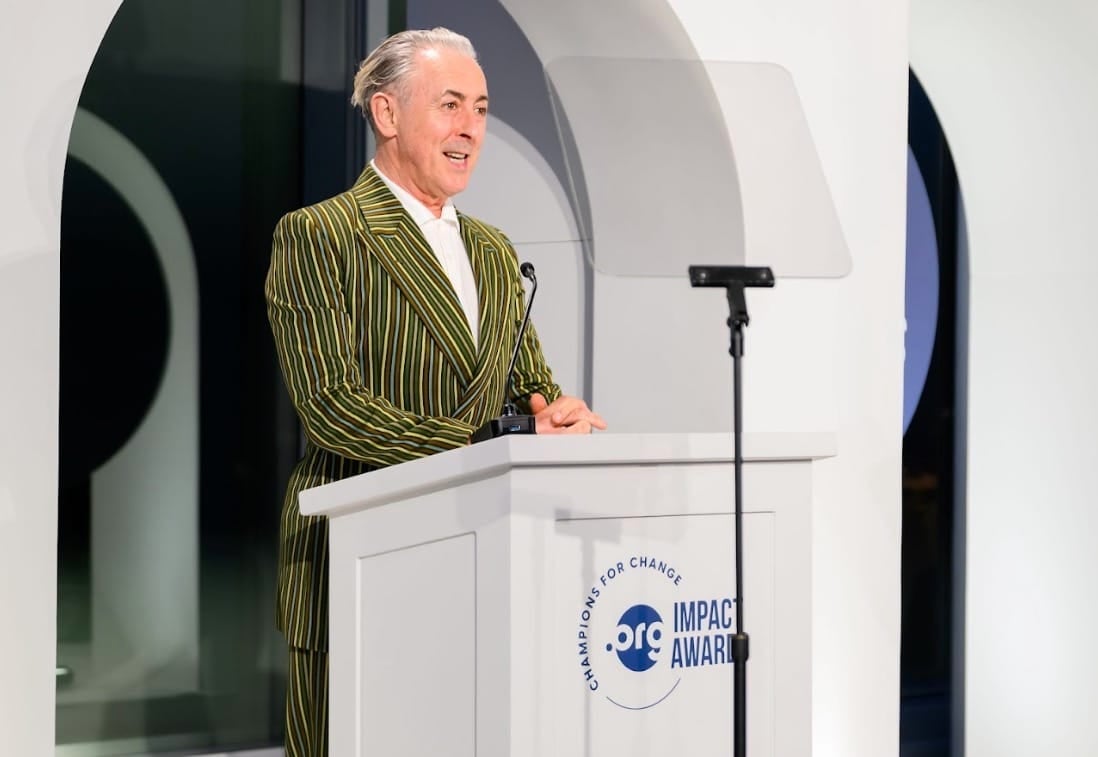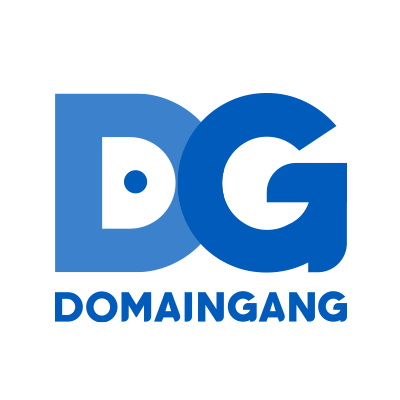YOUR AD HERE
Andrew Allemann Leave a Comment August 13, 2024
Company publishes blog post to dispell what it calls myths that people are spreading about the company’s operation of the .com registry.

Verisign (NASDAQ: VRSN) has publicly begun rebutting those who think .com prices should be reduced or frozen.
Pat Kane, senior vice president of Verisign’s naming and registry services, published a blog post today called “Setting the Record Straight – Myths vs. Facts about .Com“.
The post lays out seven “myths” that the company says people are spreading about its management of the domain. It posits the myths in a way to counteract them.
Some examples:
Myth: The annual wholesale price for .com domain names – $10.26 as of Sept. 1 – is much higher than market value and is harming consumers.
Verisign compares the wholesale price of .com domains to other top level domains. In this respect, it’s correct. But I haven’t heard people arguing that the price is above market value in the sense of what domains should cost. They shouldn’t, anyway. What people are arguing is that the price is well above what other companies would bid to charge if given the opportunity to compete to run .com.
Myth: Verisign spends an unusual amount on share repurchases and dividends at the expense of infrastructure investment.
Verisign didn’t point out who stated this. I don’t think people are arguing that Verisign needs to spend more on infrastructure investment — just that it has a lot of profit left over to spend on buybacks.
Myth: Contracts to operate gTLD registries should be routinely rebid, and a presumptive right of renewal for such contracts is bad for consumers and the internet.
Here again, I don’t believe people think that all TLD contracts should be routinely rebid. .Com is different because of its origins and importance for the internet. I also don’t think people have issues with how Verisign has run the registry technically. They just have an issue with the price.
Myth: The U.S. Government lifted price caps on .com domain names in 2018.
It’s false because price caps still remain. What happened in 2018 is the government lifted a price freeze that had been in place for many years.
The post also discusses two of Verisign’s key talking points: some registrars have raised prices at a faster clip than the wholesale cost, and domain investors distort the market.
About Andrew Allemann
Andrew Allemann has been registering domains for over 25 years and publishing Domain Name Wire since 2005. He has been quoted about his expertise in domain names by The Wall Street Journal, New York Times, and NPR. Connect with Andrew: LinkedIn - Twitter/X - Facebook
Get Our Newsletter
Stay up-to-date with the latest analysis and news about the domain name industry by joining our mailing list.
No spam, unsubscribe anytime.
 1 year ago
37
1 year ago
37







 English (US) ·
English (US) ·